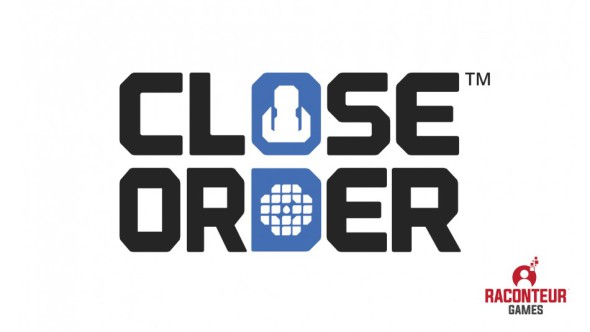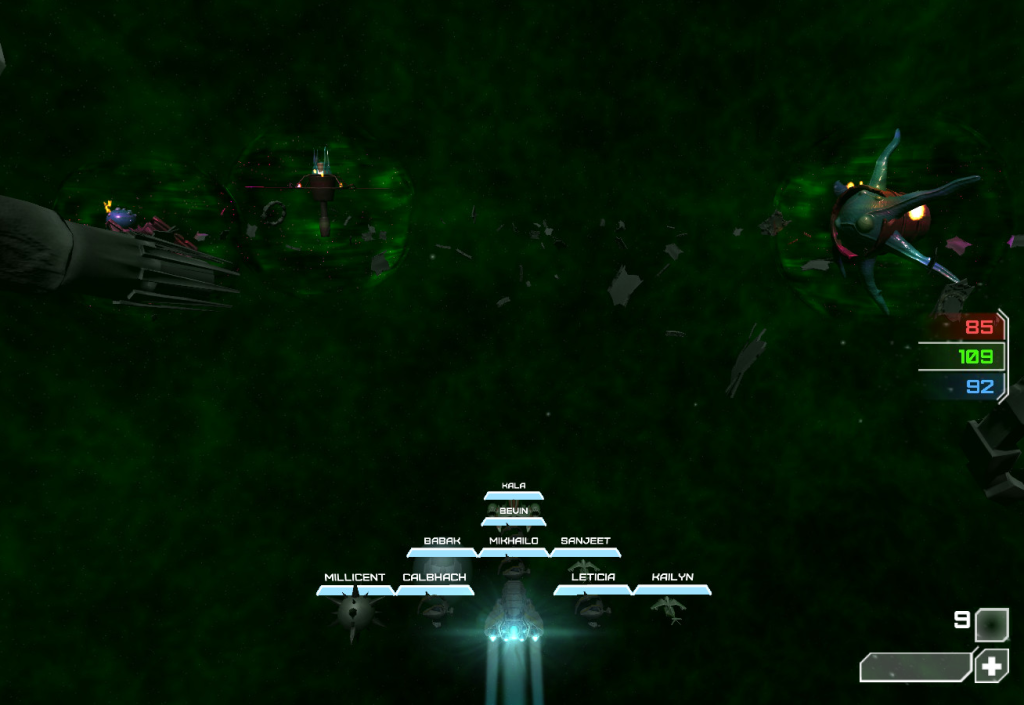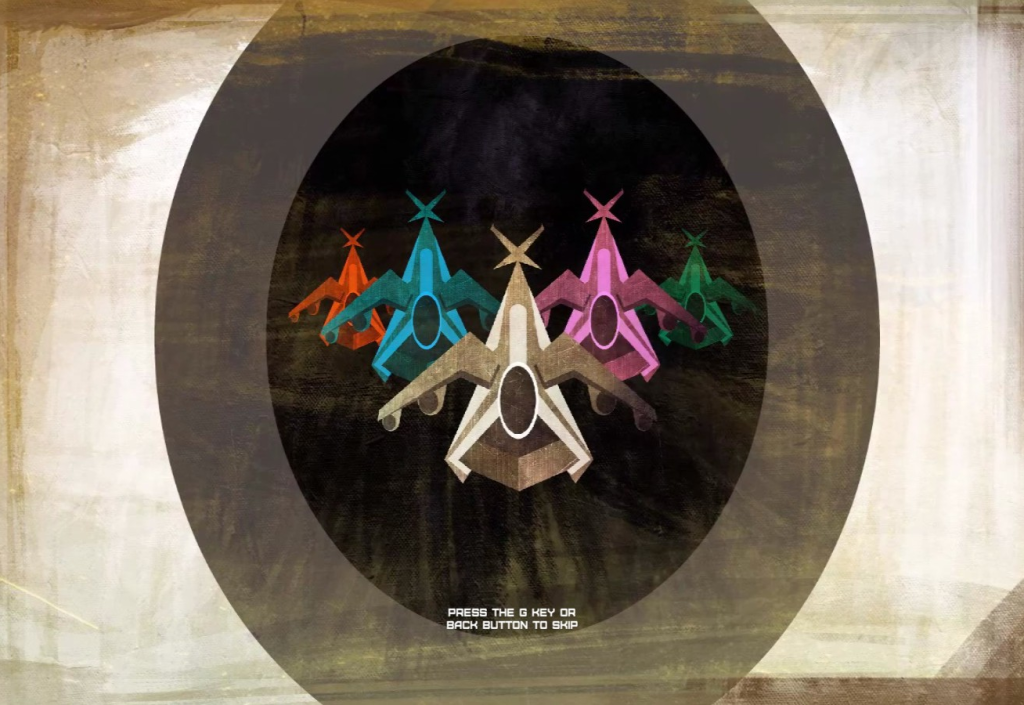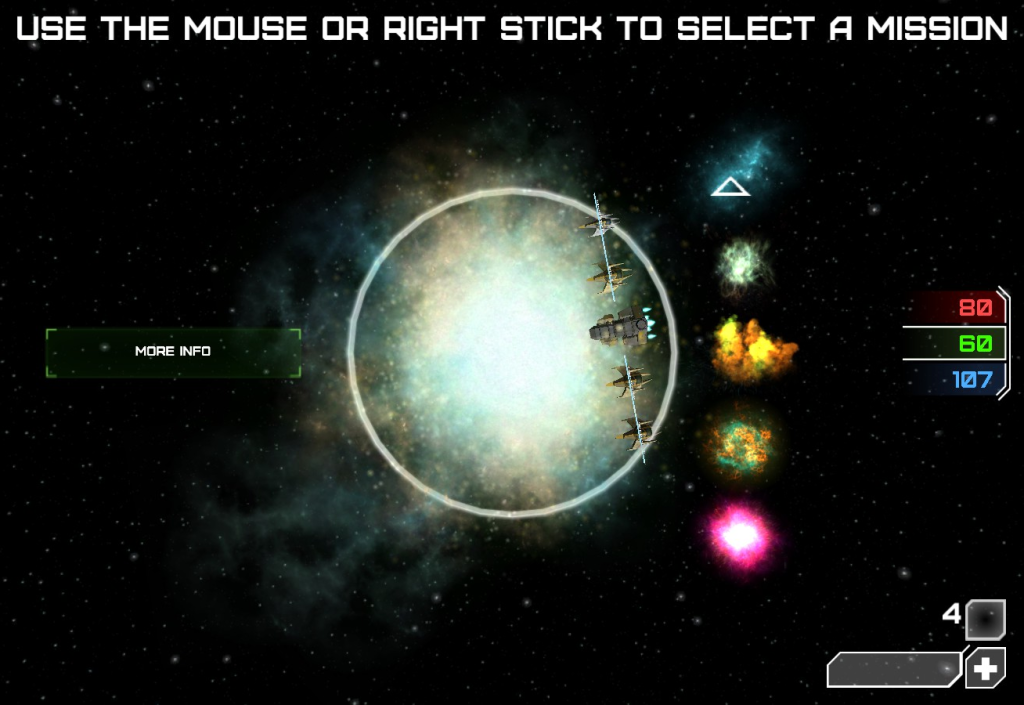
Developer: Raconteur Games
Publisher: Black Shell Media, Raconteur Games
Platform: PC
Tested on: PC
Close Order – Review
Most shoot ‘em up bullet hell shooter spark the idea of games where reflexes are key to attaining a respectable score. Despite having this tag, which is quite the mouthful, Raconteur games debuts with flair with their first release. Aside from high speed action, Close Order presents a strong strategic component in the form of micromanagement of a veritable fleet. Remember the times when those huge hordes of enemy spacecraft were attacking you in an organized formation? Well now’s your chance to turn the tables and get even…
 Story
Story
It is not common for arcade games to include an elaborate storyline. However, Raconteur Games honours its name by providing a basic background tale. The setting is an alternate universe of the 1980’s. In this era, man had already conquered the moon. In line with mankind in our own universe, mankind colonized Mars. Slowly becoming more dispersed into space, man’s unity diminished. In this timeline, all of Earth is dependent on nuclear power. A single moment and a small error set events in motion that made the destruction of our planet a true threat. As a last resort to save as many souls as possible, the evacuation of Earth was started. Countless spaceships were launched in all directions, further dispersing mankind across the galaxy. In the aftermath of these events, the player follows Mary, Chakor and Abe as they hunt for traces of the old humanity.
Graphics
In terms of visuals, Close Order definitely is mid-tier. The graphics are not always of the highest quality according to modern day standard, yet they are very colourful and bring a tone of freshness to the game. The background of the battles mostly consist of outer space, complete with 3D planets, meteors and anything else one can find in the infinite void. The effects, such as the booster rockets, thrusters and laser beams give a feel of established space sagas the likes of “Star Wars” and “Star Trek”.
Sound
The soundtrack that accompanies Close Order is a rather dubious choice. On one hand, the quality of the songs is great and often engages the player to truly feel part of the action. However, on the other hand the playlist can quickly take a weird turn and even seem out of place. In other words, the music has the tendency to lose sync with what’s going on in the game and can be thematically out of place.
Gameplay
In this particular type of game it is often the case that the storyline comes second to the actual gameplay. Close Order does provide an intriguing, but still limited story depth. But credit where credit is due, it also packs a punch with a unique mechanic that has not been seen before. Don’t forget that this genre pioneered gaming as far back as the original Asteroids game, making this an even more extraordinary feature. At first glimpse, the game shows nothing special. You pilot a small spacecraft in a 3D universe using the WASD keypad buttons to steer around, SHIFT to use the booster rockets and the mouse for both aiming and firing the weapons.
As soon as the tutorial hits, Close Order’s defining feature comes into play. It quickly becomes evident that a single ship cannot hold its own against a swarm of hostile ships. The player is set in charge of spending red, green and blue credits for respectively offensive, mixed or defensive minions. After this or by pressing F, the option appears to manage your fleet using a tile map with a drag and drop interface. This is surprisingly strategic, for example, offensive ships should be at the outside flanks, while defensive modules shine in their role at the front of the main ship. The liberty to form your own strategy and compile a fleet in your own fashion is obviously the most innovative factor. Aside from the fleet management, the game is completion based, meaning the player is intended to fight waves of enemies to reach the next section in the storyline. The latter is rolled out in the shape of cut scenes and dialogs between the main characters.
There certainly are still minor bugs and glitches present, such as the sound suddenly cutting out, but one very peculiar problem forces the player to be inventive and focus on expanding his or her fleet instead of fighting the enemy head on. Granted, this seems more like a gameplay driving feature than a bug. It makes the game a lot harder than it seems at the first impression, especially since the firing speed of the ships in your fleet feels too slow to cope with the huge amounts of enemies that attack you simultaneously. After a long and painful learning process, it became clear that the only way to counter this is by expanding your fleet and meticulously positioning every component and adapt the layout to the enemies’ configuration.
Conclusion
Close Order is a strong debut for Raconteur Games and it brings a fresh view on classic space shooters. The game initially has a steep learning curve, but once the player is familiarized with the fleet layout management, the war is on. The large variety of possible strategies, especially with the fleet customization in both formation and the ships that are part of it makes for a fun game that does not get boring after the first play through.








No Comments